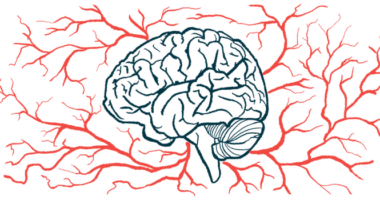Gamida Presents Updated Data from Phase 1/2 Trial on Experimental Sickle Cell Treatment

Gamida Cell recently presented updated data from its ongoing Phase 1/2 clinical trial on an experimental alternative to bone marrow transplants in patients with sickle cell disease (SCD).
Elbit Imaging, of which Gamida is an indirect shareholder, announced the information at the 2018 BMT Tandem Meetings in Salt Lake City, Utah.
So far, the clinical trial (NCT02504619) includes 13 patients with sickle cell who received treatment with CordIn using umbilical cord blood from donors unrelated to the patients.
According to a press release, the trial has not been completed yet, and researchers are still recruiting patients in the United States and France. Estimated enrollment is 15 participants.
CordIn is Gamida’s candidate for the treatment of sickle cell and thalassemia, as well as bone marrow failure syndromes and genetic metabolic diseases. It’s a variation of NiCord, a product for blood cancers such as leukemia and lymphoma developed as an alternative to bone marrow transplants for patients who cannot find a donor with fully matched tissue.
It is obtained through the expansion of cells from the umbilical cord, which are then transplanted into patients where they hopefully engraft, or take root, to help replenish the body’s bone marrow and immune system.
The study’s primary goal is to evaluate the safety and effectiveness of CordIn, as well as determine how many neutrophils (immune system cells) successfully engraft following transplantation.
Key results of the study suggest that rapid engraftment was observed in all 13 patients treated, at a median of seven days. A total of 11 patients were alive at a median follow-up of 22 months; two patient deaths occurred due to secondary graft failure and severe graft-versus-host disease (GvHD). Eight participants experienced grade 2-4 acute GvHD; two participants experienced extensive chronic GvHD; and the nine patients with long-term follow-up achieved transfusion independence with a normal hemoglobin profile and no active GvHD.
Launched in January 2015, the Phase 1/2 trial marked the first time a patient with sickle cell was transplanted with CordIn. The transplant took place at UCSF Benioff Children’s Hospital in Oakland, California.
Interim results announced in August 2017 suggested that CordIn could effectively overcome the engraftment barriers of umbilical cord blood and has the potential to increase access to curative transplants for sickle cell.
The BMT Tandem Meetings are the combined annual meetings of the Center for International Blood & Marrow Transplant Research and the American Society for Blood and Marrow Transplantation.






